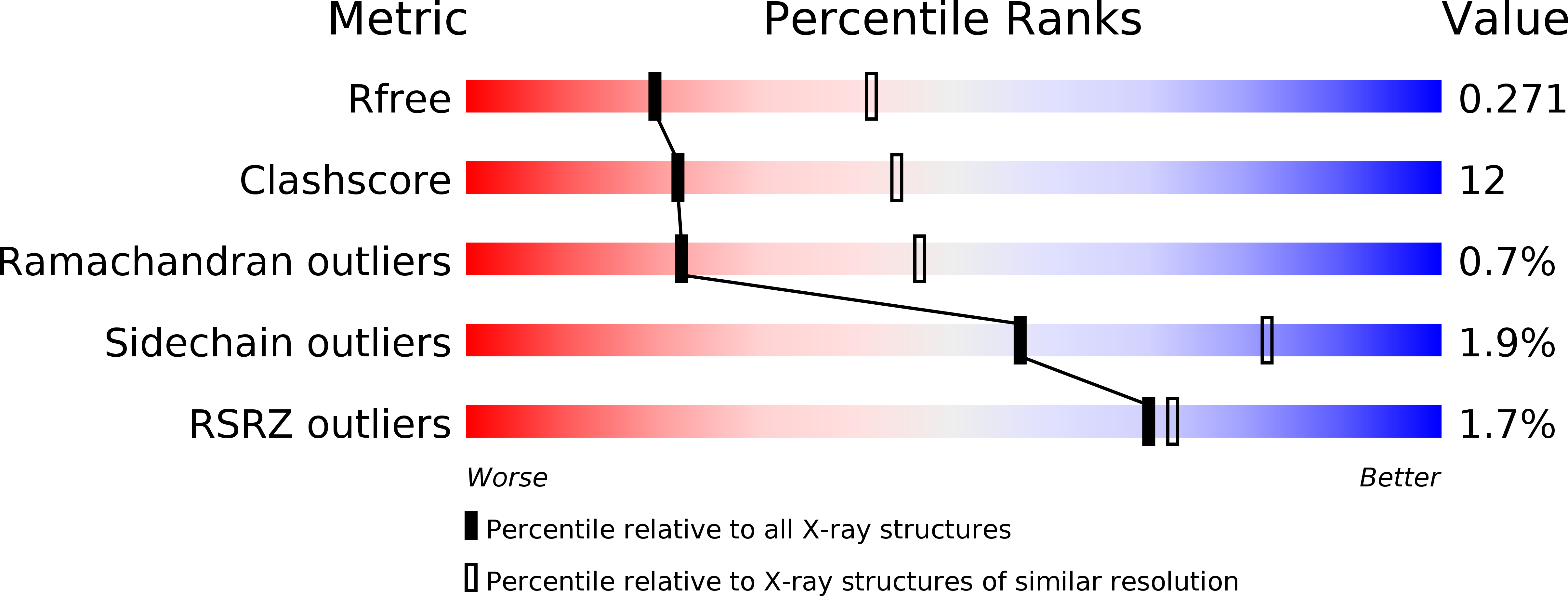
Deposition Date
2014-08-27
Release Date
2015-01-14
Last Version Date
2024-05-08
Entry Detail
Biological Source:
Source Organism:
Thermotoga maritima MSB8 (Taxon ID: 243274)
synthetic construct (Taxon ID: 32630)
synthetic construct (Taxon ID: 32630)
Host Organism:
Method Details:
Experimental Method:
Resolution:
2.70 Å
R-Value Free:
0.27
R-Value Work:
0.21
R-Value Observed:
0.21
Space Group:
P 1


